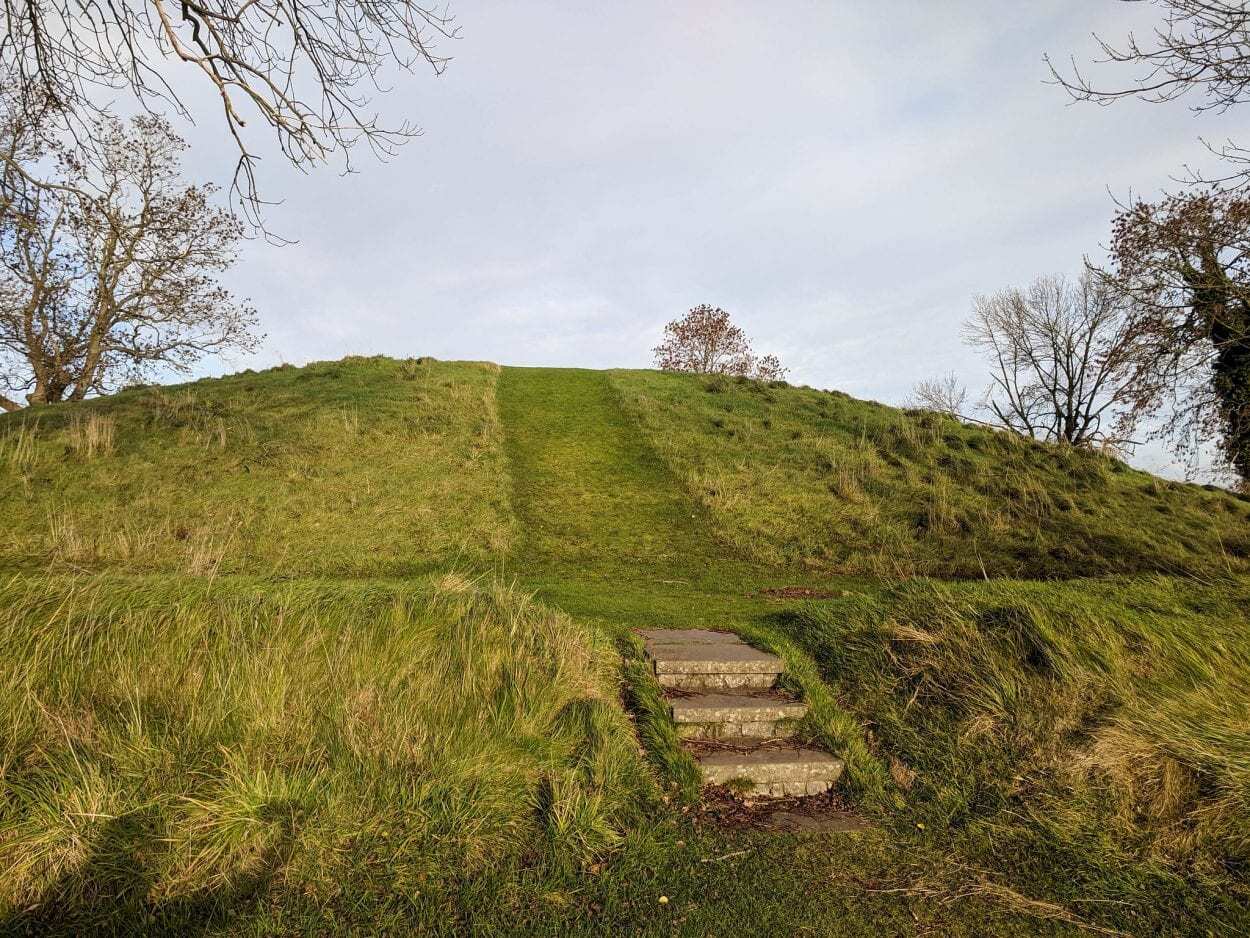
Archaeologists Discover Evidence of Ancient Temple Complexes at Navan Fort
Archaeologists conducting research at the Navan Fort in County Armagh, Northern Ireland have discovered evidence for consecutive temple complexes dating from the Iron Age.
The Navan Fort (Emain Macha in old Irish), is one of Ireland’s proposed royal sites and capital of the Ulaidh, that was documented during the medieval period as one of the five capitals of the five fifths that divided Ireland.
According to Irish mythology, the fort was also the seat of Chonchobhar mac Nessa, the king of Ulster in the Ulster Cycle and was described in the epic saga Táin Bó Cúailnge about the exploits of Cú Chulainn and Conal Cernach.
The fort lies at the heart of the ‘Navan complex’, which includes the Haughey’s Fort (an earlier hilltop enclosure), the King’s Stables (an artificial ritual pool) and Loughnashade (a natural lake that has yielded votive offerings) and consists of a large bank and ditch circular hilltop enclosure which also contains a small circular mound and a ring barrow.

Image Credit : Allan Leonard
The study by academics from Queen’s University Belfast, and the University of Aberdeen, in conjunction with the German Archaeological Institute, conducted a series of geophysical surveys which has revealed a vast ceremonial temple complex with further evidence of continuous activity through to the medieval period.
The study by academics from Queen’s University Belfast, and the University of Aberdeen, in conjunction with the German Archaeological Institute, conducted a series of geophysical surveys which has revealed a vast ceremonial temple complex with further evidence of continuous activity through to the medieval period.
Dr Gleeson from Queen’s University Belfast said: “Excavation in the 1960s uncovered one of the most spectacular series of buildings of any region of prehistoric Europe, including a series of figure-of-8 buildings of the Early Iron Age and a 40m timber-ringed structure constructed c.95 BC. Upon the latter’s construction, it was immediately filled with stones and burnt to the ground in order to create a massive mound that now dominates the site.
Dr Gleeson added: “Our discoveries add significant additional data, hinting that the buildings uncovered in the 1960s were not domestic structures lived in by kings, but a series of massive temples, some of the largest and most complex ritual arena of any region of later prehistoric and pre-Roman Northern Europe.”
Header Image Credit : Allan Leonard
Dr Gleeson added: “Our discoveries add significant additional data, hinting that the buildings uncovered in the 1960s were not domestic structures lived in by kings, but a series of massive temples, some of the largest and most complex ritual arena of any region of later prehistoric and pre-Roman Northern Europe.”
Header Image Credit : Allan Leonard
No comments:
Post a Comment